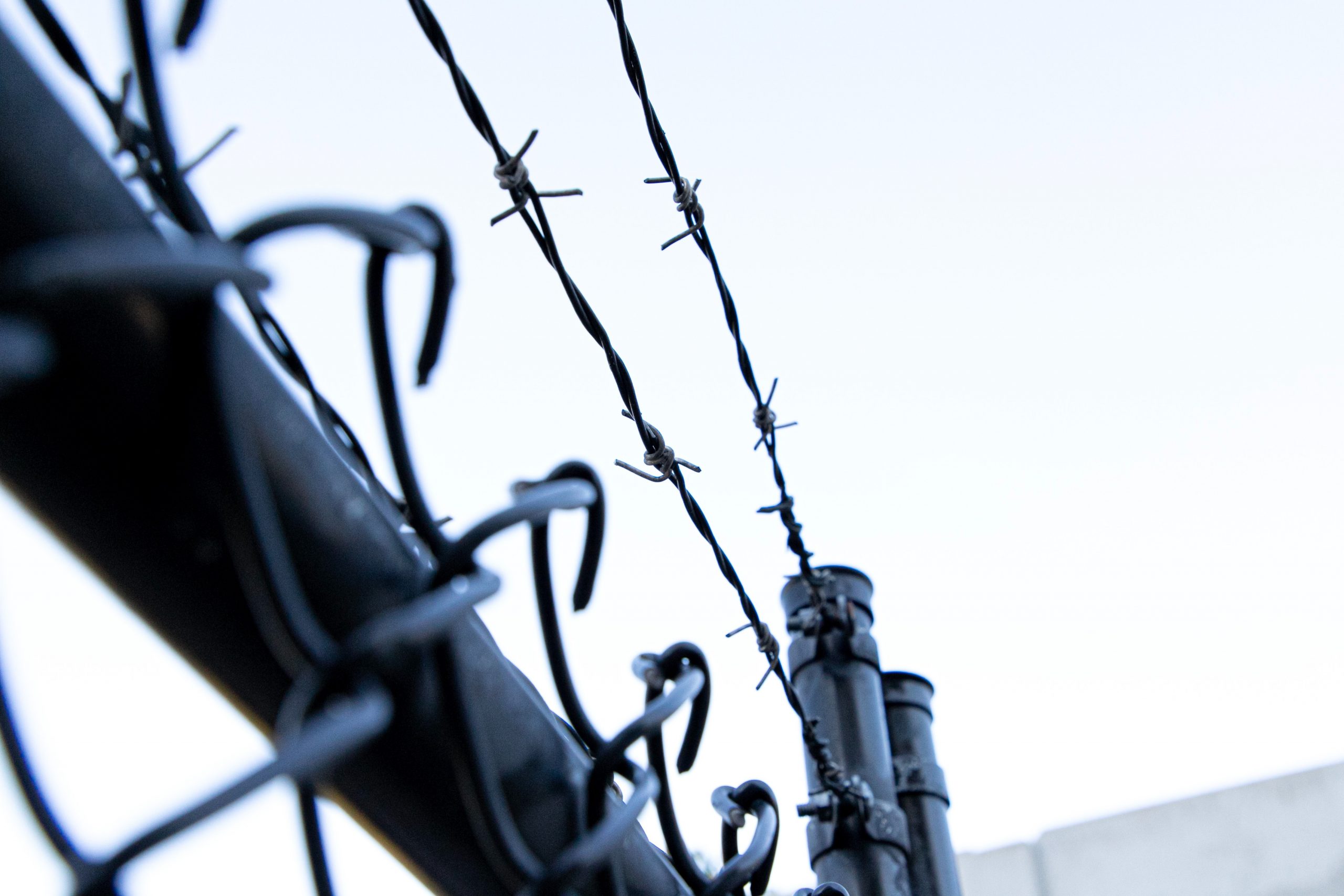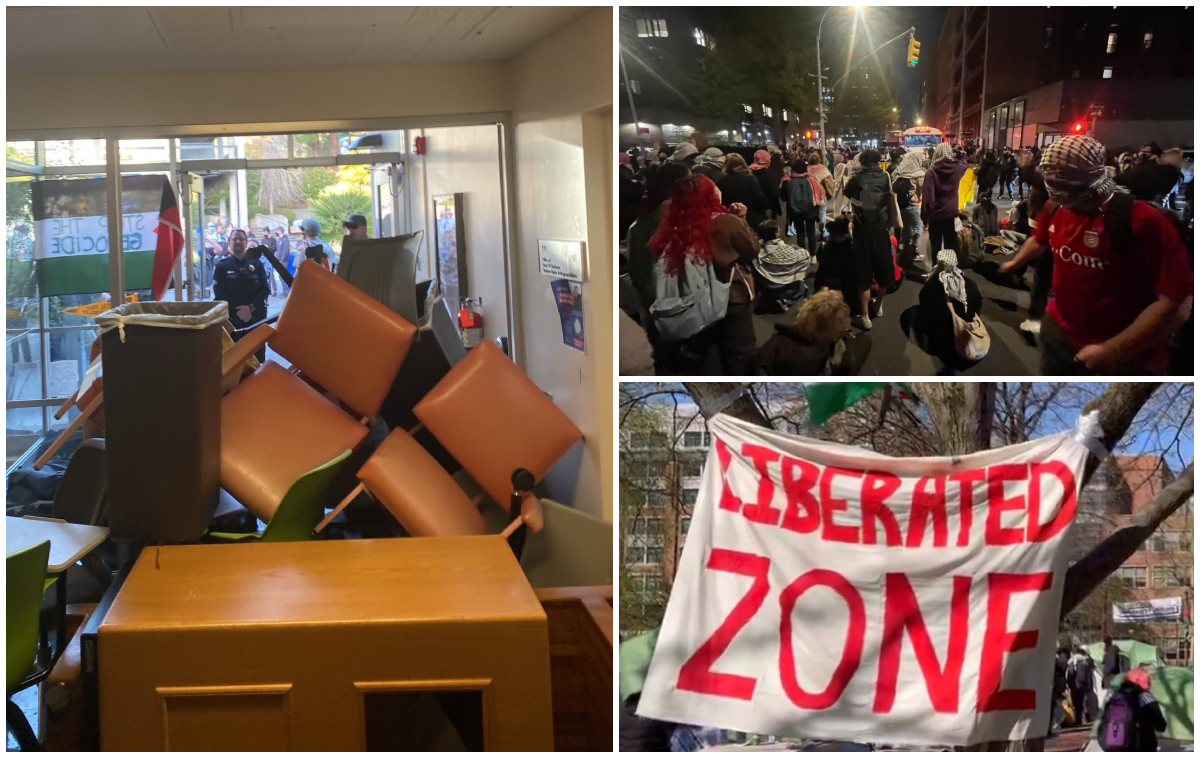Filed under: Action, Incarceration, Northwest

Perilous Chronicle reports on collective action by prisoners at Airway Heights Correctional Center in Washington against transfer to a COVID-19 hotspot.
By Lena Mercer
On Saturday December 12th between 30 and 40 prisoners housed at Airway Heights Correctional Center in Washington. banded together to refuse an internal transfer that they understood would endanger them and others. COVID-19 positive infections inside Airway Heights had been skyrocketing for the past two weeks, all while internal transfers were continuing and prisoners were reporting deplorable conditions in their quarantine units.
According to Rachel Ericson, the Deputy Communications Director for the WADOC, “Individuals who test positive for COVID-19 are appropriately placed on quarantine status or in medical isolation, per the Department’s COVID-19 Screening, Testing, and Infection Control Guideline”. These moves depend on whether prisoners are symptomatic or asymptomatic, Ericson said, adding that healthy individuals are kept separate from those in isolation or quarantine. Within AHCC, N (‘Nora’) unit houses people both on quarantine and medical isolation status.
In mid-December, as COVID-19 positivity rates surpassed 50% of the prison population, at least 40 men were moved from the quarantine units to the facility gym. According to the Office of Corrections Ombuds (OCO) these moves were based on rising numbers of COVID-19 positivity and the need to reorganize quarantine procedures. The prisoners from N unit say they faced bleak prospects of care upon arrival.
One prisoner who wished to remain anonymous told Perilous Chronicle “when we were moved, we were moved into the gym with no hot water, no ability to communicate with our loved ones, and in a large place that was not heated properly.”
This intersection is about five miles from the Airway Heights Correction Center. We have seen correctional facilities in other states fail to evacuate prisoners when the area around them are set to evacuate. https://t.co/WzwL1W8pAI
— lena mercer (@thelenamercer) September 7, 2020
Hayden Picaman says he had been moved to the gym after being told to bring “enough stuff” to last 14 days. When he got there, he found 47 people sharing one bathroom, “and one shower that was cold because they didn’t have a water heater.” Jonathan Burger, along with several other prisoners, relayed how difficult it was to not have access to basic necessities or the ability to contact their loved ones. “The prison was violating our rights’’ he said.
Rachel Ericson acknowledged that the people housed in the gym, an alternative housing unit, did request additional services. But she maintains that these requests were not an organized response and that “These requests were granted by facility management.”
“In some cases” she said, “during these moves, access to phones, showers and common areas were limited for a short period of time.” Ericson reaffirmed that the commitment from the DOC to the safety of all incarcerated individuals is paramount.
A “OCO Monitoring Report to Airway Heights Corrections Center” conducted by Caitlin Robertson, Assistant Ombuds – Eastern Division, on December 11 and December 17, noted that the OCO had received numerous complaints about the condition of the gym, including reports of feces and other human waste on the floor. Robertson also noted a growing tension between prisoners and corrections staff. For this reason, and to prevent COVID-19 exposure, she viewed the area through windows and surveillance cameras. The report stated that “Viewed through external windows, the gym areas appeared somewhat calm and there were no obvious signs of trash or human waste on the floor”.
Perilous Chronicle gathered the testimony of 9 different AHCC prisoners that spoke of a different scenario. After the initial move to the gym and alleged haranguing of DOC staff to provide adequate beds, hot water and access to phones, many prisoners reported being moved again, this time to the programming side of the gym, which the DOC has repurposed into an alternative housing unit for asymptomatic but COVID-19 positive people. Some people housed inside classrooms commented that they were too small to allow 6 feet of social distancing while sleeping. Here they once again demanded access to basic necessities. “It took us another three days to get that side livable,” an anonymous participant said. And then a day after that, the men were told they were moving yet again.
Damien Davis spoke of a begrudging move to the education wing of the building; and a commitment among his fellow residents that this would be the “last stop”.
When prison officials told the group they were to be moved yet again, over half of them refused. Many of these men knew they were already sick, or were sure that they had just passed through a space recently full of their infected peers. Some were awaiting test results and didn’t want to move again until they understood the danger to themselves and others. Michael Berry was one of those who refused the move, “we decided that we were no longer going to live in a fearful state of mind that they kept inhumanly inflicting on us, and for our want for others to not be infected by us, we took a stand, for us and others, not fearing the consequences” he told Perilous. There were also concerns that the conditions they faced would be replicated in another setting. Many of these men had seen what COVID-19 had done to their friends and bunkmates, and were scared about attempting to live through that in another cold dormitory with no access to phones.
BREAKING: WA State Dept. of Corrections #SuperSpreader. Thread.
COVID is spreading exponentially thru WA prisons w/ notable ferocity at Stafford Creek & Airway Heights Correctional Center
Hear directly from Marcus Ruffin―currently in captivity at Stafford Creek―in video below. https://t.co/FutylRG9hz
— King County Equity Now (Official) (@KCEquityNow) December 25, 2020
According to multiple statements, for up to 4 hours these men refused to transfer if certain conditions could not be guaranteed. Several prisoners described the refusal as peaceful and called it a “sit-in”. They wanted the basics that they had been afforded in their original units; access to sanitation, phones and the ability to care for themselves and each other through varying stages of possible sickness. More than that, several people spoke about the want for basic dignity, and to be treated like human beings.
In the end, the collective effort was considered a success by the participants and the situation was deftly negotiated to give those making a stand what they wanted. “There was no violence and no one got hurt, just people wanting to be treated like people” Davis said in a statement.
According to the report from the OCO, by the end of December 12, 5 phones, and 2 portable restrooms were installed in the gym, a shower schedule was developed, meal delivery issues were addressed, commissary was delivered, mail, clothing and linen issues were addressed, additional hygiene items were delivered and “all incarcerated housed in recreation received their test results.” The direct impetus behind these improvements are unclear, but several of them correspond to demands made by those housed in the gym facility.
On a return surprise visit to the facility, OCO noted that the gym appeared much calmer than on the initial inspection. This calm may be short lived as the numbers of COVID-19 positive prisoners rises drastically. One participant who asked to remain anonymous voiced a growing frustration inside the facility, “we aren’t out of the woods yet but I guarantee if they stop listening to us a full scale riot will break out soon if they don’t actually fix this situation, period.”
As another anonymous participant put it, “we created a new family based on equality, and common good.” He wrote in a letter dated just after the incident “in 2020 behind barbed wire in Washington state, we want the world to know that we have love and empathy towards the least among us when government officials and leaders do not.”
photo via: LOGAN WEAVER on Unsplash





